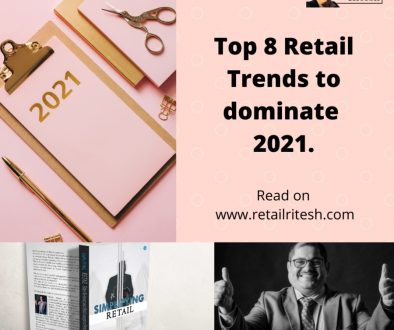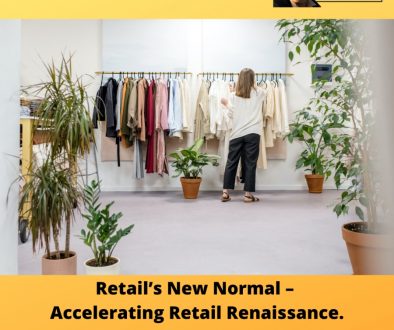Tips for Running Business in era of Millennials
As the world is changing very rapidly so is the consumer’s buying behavior which is continuously going through a transformation. One such example is our kids, you all will agree that they spend more time watching YouTube videos, engaging in apps like snapchat, Instagram, engaging with their Xbox, PlayStation rather than spending quality time playing outdoors or spending time with their friends.
This very change in kid’s time-spent behavior as made brands like Toys R Us file for bankruptcy & restructuring of debts.
So the valid question is as to How to do business in the era of Millennials?
I am listing down few parameters which would help SMEs or upcoming Retail entrepreneurs to tackle their brand while marketing or selling to millennials.
- A)Go lean – World of business is changing.
In previous decade we never heard about brands like Uber, Facebook, Youtube etc.
- Uber is the world’s biggest transport provider without owning a single vehicle
- Facebook & YouTube are the world’s biggest media houses without even producing or owning a single content from their side.
So my advice to entrepreneurs is Go leaner. “Don’t invest in creating big Infrastructure”.
A Company which is very dear to me has made this mistake of creating big infrastructure in terms of supply chain, manufacturing, inventory, in return, they face huge pressure on their Gross margins in order to accommodate overheads and hence current economic scenario of decline in consumer’s spending has posed a severe threat to their operations.
If you are in the manufacturing sector, look for outsourcing your complete manufacturing, get rid of your depreciating assets like plants & machinery. Bring efficiencies in your supply chain by correct forecasting and avoid warehousing costs for storing Inventories which is an important cost in P&L statement.
- B)Find your Unique strength :
Conduct competitive advantage analysis for your company vs its competitors, analyze as to what are your strengths and weaknesses. I am sure every organization has one key strength or one key Hero product which can drive the whole turnaround strategy for the organization. The task is to identify this core Hero product/service or strength.
I would like to quote an example here of Nestlé’s Maggi brand, The brand core strength is its “ 2-minute” promise. All these years, this promise has created entry barriers for several brands who tried to copy Maggi. Brands like Nippon & our very own Indian home-grown brand Patanjali tried to copy Maggi noodles but failed.
Nestle, in order to reinforce its category leadership, launched Maggi oats which were never tried & unheard in any market and today this variant owns 90% of the market share in healthy Oats foods category.
- C)The speed of transactions:
Increase your number of transactions/ sales/ increasing your customer base.
Entrepreneurs and business in order to achieve growth, they avail working capital loans, collateral loans & goes into debt. This debt puts a lot of pressure on Cash flows. The ratio of debt vs inflow tends to fall apart and this move could be suicidal for the organization.
Entrepreneurs tend to focus on their business model more and ignore the importance of cash flows.
Focus on account receivables and its aging. It is not only a function of finance dept but the owners as well need to focus on this aspect of the business.
SMEs should focus on Organic scalability rather than debt infused scalability. I know various retail organizations in the Middle East who uses bank’s easy collateral loans to drive the expansion of their businesses compromising on debt vs inflow ratio. This is one reason that most retail companies worldwide are struggling to survive the decline in consumer’s purchasing power.
- D)There is no such thing as “ First Mover advantage”, it has changed to “ Fast mover advantage”
Gone are the days wherein First mover advantage was your core strategic competitiveness, now in current era while catering to most demanding, highly knowledgeable customer segment of millennials, we need to be a fast mover.
What happened to Nokia & Motorola?
They were all having first mover advantage but they were not fast in adapting to rapidly changing customer’s requirements which demanded more engaging operating systems and smartphone.
Apple falls under “fast mover” category and is ruling this segment.
Well, I can write a thesis on Retail and Management topics, but I am sure these 4 points listed above would force each of my readers to introspect, use their creative juices and come up with innovative solutions to sail the current economic turbulent times.
Happy Retailing Folks
Love
Ritesh Mohan




